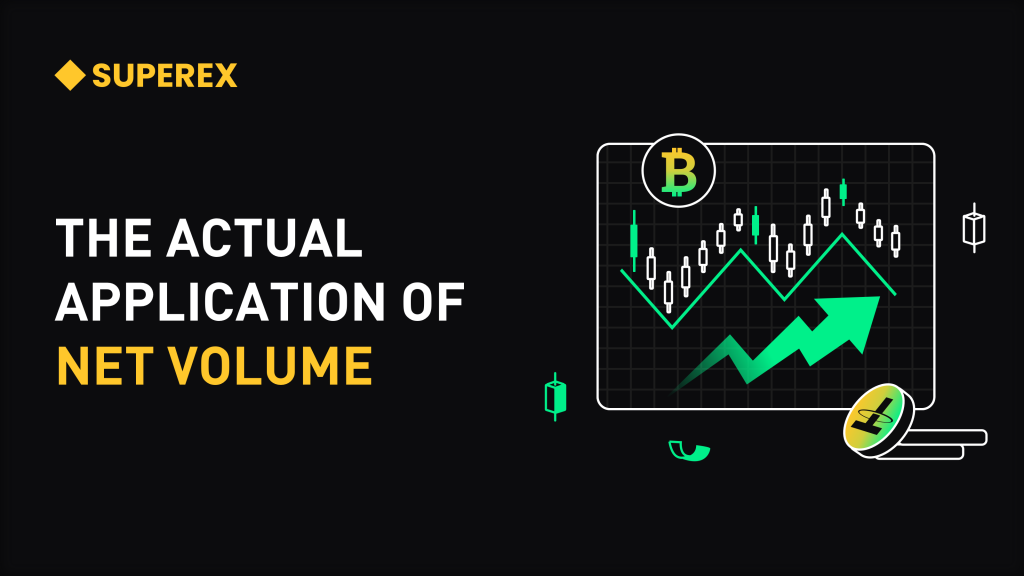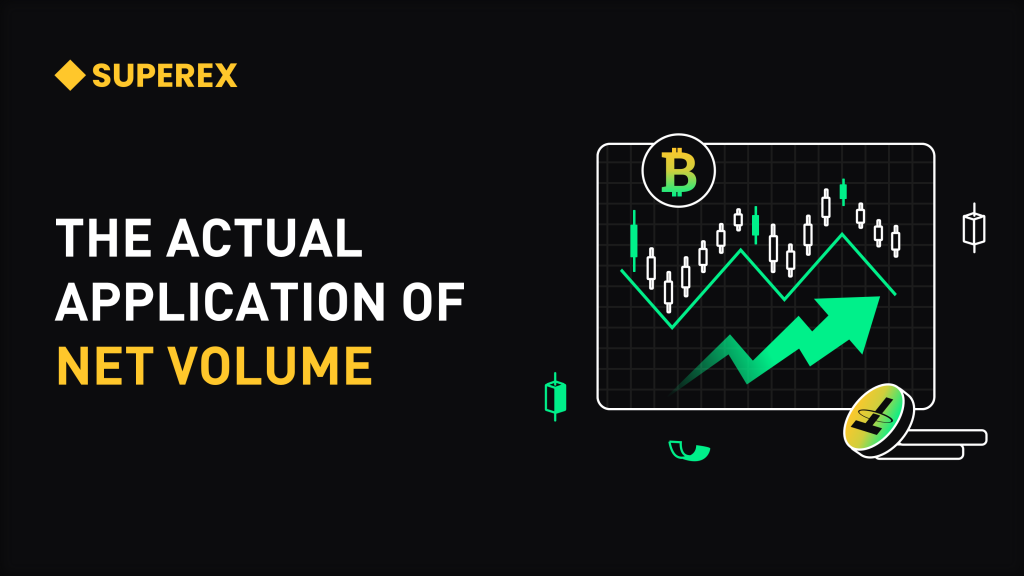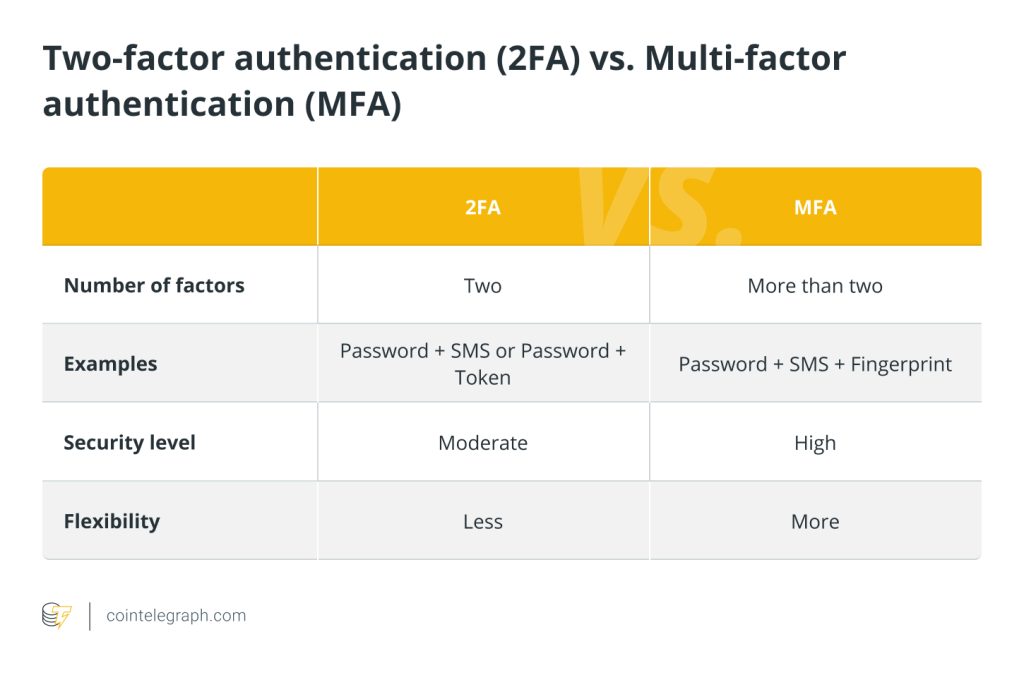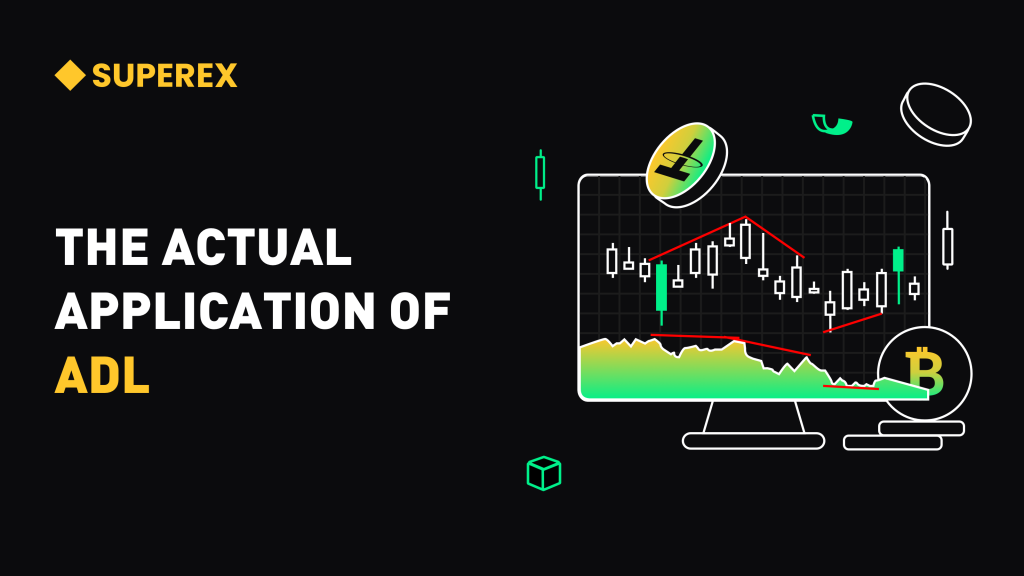LEARN NET VOLUME IN 3 MINUTES – BLOCKCHAIN 101

Volume is a critical factor in understanding market dynamics, often revealing the strength or weakness behind price movements. While price action tends to be the main focus for traders, analyzing volume can offer deeper insights into the true market sentiment. The Net Volume indicator is a powerful tool for identifying the underlying forces driving price changes, helping traders assess whether buyers or sellers have the upper hand. In this article, we’ll explore what the Net Volume indicator is, how it works, and how you can incorporate it into your trading strategies.

What is the Net Volume Indicator?
The Net Volume indicator measures the difference between the volume of up days (when the price closes higher than the previous close) and down days (when the price closes lower than the previous close). It provides a running total of the net volume, giving traders a clear view of whether buying or selling pressure is dominating the market over a given period.
The formula is simple:
- Net Volume = Volume on Up Days – Volume on Down Days
When the Net Volume is positive, it indicates that more volume is attributed to buyers than sellers, signaling bullish sentiment. Conversely, a negative Net Volume means selling pressure is stronger, which could indicate bearish sentiment.
Net Volume vs. Regular Volume
While regular volume tracks the total number of shares or contracts traded within a specific period, it doesn’t differentiate between buying and selling activity. Net Volume takes this a step further by calculating the net result of these forces. By doing so, it helps traders better understand whether the majority of market participants are accumulating or distributing their positions, allowing for a more nuanced view of market strength.
How to Interpret the Net Volume Indicator
Positive Net Volume:
- Meaning: When the Net Volume is positive, it shows that buyers have more control over the market than sellers. This typically suggests an uptrend or bullish momentum.
- Application: Traders can interpret positive Net Volume as a sign of continued upward price action, making it a potential buy signal.
Negative Net Volume:
- Meaning: A negative Net Volume indicates that sellers are dominating the market, showing increased selling pressure.
- Application: This can signal a downtrend, warning traders to consider shorting the market or selling their positions.
Trend Changes in Net Volume:
- Meaning: A shift in Net Volume from positive to negative (or vice versa) often signals a shift in market sentiment.
- Application: Traders can use these transitions to identify potential reversal points. For instance, if Net Volume has been positive for a while but starts to decline or turns negative, it may suggest that buying pressure is weakening and a trend reversal is imminent.
Using the Net Volume Indicator in Trading
Confirming Trends:
- Strategy: Net Volume can be used to confirm the strength of a market trend. For example, if prices are rising and Net Volume remains positive and is increasing, it signals that the uptrend is supported by solid buying activity.
- Example: In a strong uptrend, if Net Volume remains positive, it shows buyers are still in control. Conversely, in a downtrend, negative Net Volume confirms that sellers have the upper hand.
Spotting Potential Reversals:
- Strategy: One of the most useful applications of the Net Volume indicator is its ability to identify potential market reversals. A sudden shift in Net Volume, particularly after a prolonged trend, can serve as an early warning sign that a reversal is on the horizon.
- Example: After a long uptrend, if Net Volume starts to decrease or turns negative, it may suggest that buyers are losing momentum, and the market is ripe for a downturn. Similarly, if Net Volume turns positive after a downtrend, it could signal a bottom and a buying opportunity.
Pairing with Other Indicators:
- Strategy: To increase the reliability of trading signals, many traders combine Net Volume with other technical indicators such as Moving Averages (MA) or the Relative Strength Index (RSI).
- Example: A bullish crossover of a moving average with increasing Net Volume adds weight to a potential buying signal. Similarly, if RSI is showing an overbought condition while Net Volume starts to turn negative, it may confirm a sell signal.
Case Study: Applying Net Volume in Real Trading
Consider a stock that’s been in an uptrend for several weeks. The price continues to climb, but you notice that Net Volume has started to decline, suggesting that buying pressure is waning. This can be an early signal that the trend is losing steam. If, at the same time, RSI is showing overbought conditions, this further strengthens the case for a potential trend reversal. In this scenario, traders might choose to lock in profits or enter a short position to capitalize on the expected downturn.
In another case, imagine a stock that has been in a downtrend with consistently negative Net Volume. However, Net Volume starts to shift toward positive territory, indicating that selling pressure is easing, and buyers are stepping in. This could signal the start of a price recovery, providing traders with an opportunity to buy at the early stages of an uptrend.
Limitations of the Net Volume Indicator
While the Net Volume indicator is a useful tool, it has some limitations. Because it relies on price movement to define up and down days, it can sometimes give misleading signals during periods of sideways or range-bound markets. In these cases, the Net Volume may fluctuate frequently without providing clear insights into market direction. Additionally, in thinly traded assets, the Net Volume may be distorted by a few large trades, making it less reliable.
To avoid these pitfalls, it’s essential to use the Net Volume indicator in conjunction with other tools and to analyze it in the context of the broader market environment.
Conclusion
The Net Volume indicator offers traders a valuable perspective on the forces driving market movements, helping them understand whether buyers or sellers are in control. By incorporating this tool into your trading strategy, you can better anticipate potential reversals, confirm trends, and make more informed decisions. As always, it’s crucial to combine Net Volume with other technical indicators to get a complete picture of the market and improve the accuracy of your trades.
We hope this guide helps you gain a better understanding of how to use the Net Volume indicator. If you have any questions or need further insights, feel free to reach out!







Responses